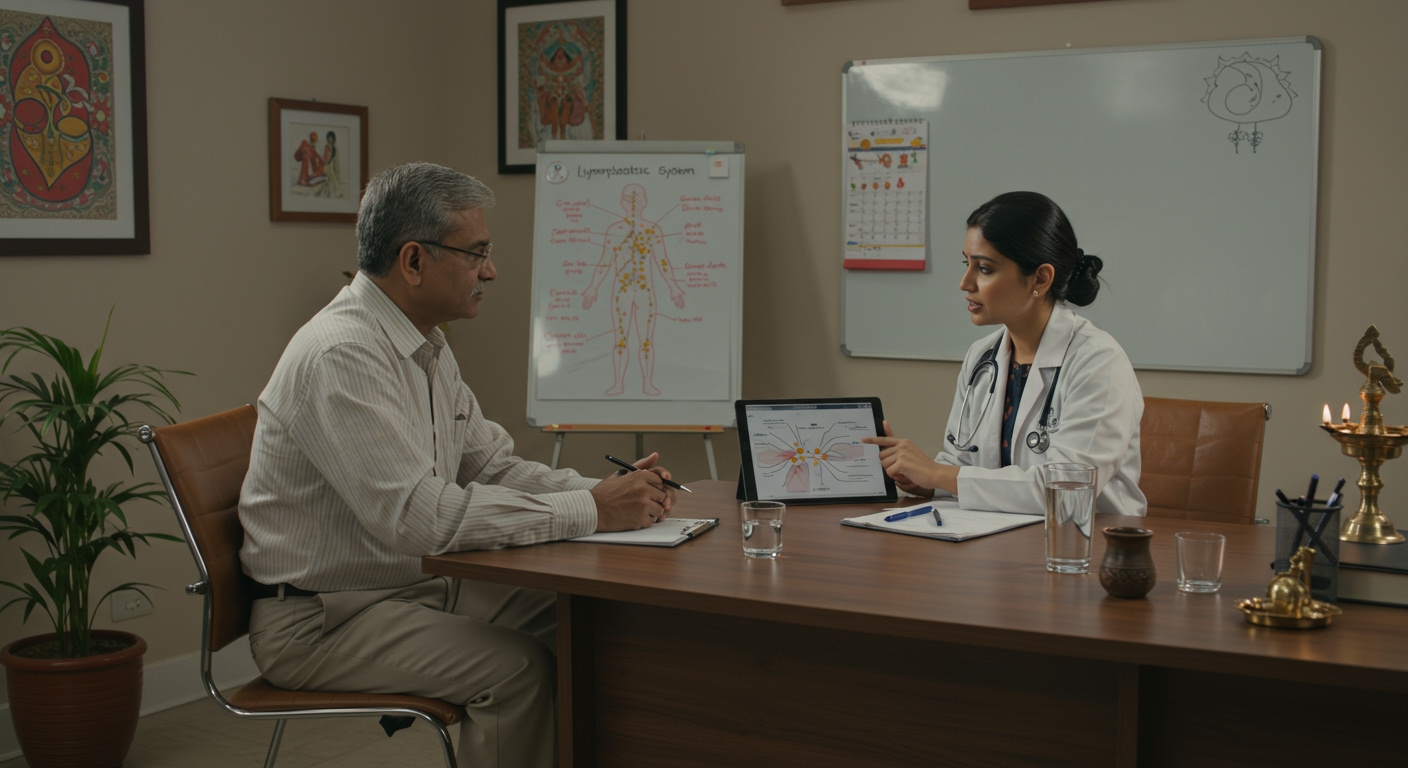What is Non-Hodgkin Lymphoma?
Non-Hodgkin Lymphoma is a type of cancer that starts in the lymphatic system. This system helps your body fight infections. Unlike some cancers, Non-Hodgkin Lymphoma can affect people of all ages. However, it is more common in adults. The disease often begins in the lymph nodes, which are small glands found throughout your body. Because it can spread quickly, knowing the early signs is important.
Why Early Detection Matters
Early detection of Non-Hodgkin Lymphoma can make a big difference. If you notice symptoms early, you can get treatment sooner. As a result, your chances of recovery improve. Also, early treatment may be less intense. According to the CDC, catching cancer early often leads to better outcomes. Therefore, learning about the warning signs is key.
Common Early Signs and Symptoms
Non-Hodgkin Lymphoma can cause many symptoms. Some are easy to miss at first. Still, paying attention to changes in your body can help. Here are the most common early signs:Swollen lymph nodes: You may notice painless lumps in your neck, armpit, or groin.Fatigue: Feeling tired all the time, even after rest, is common.Night sweats: Waking up drenched in sweat, even if the room is cool.Unexplained weight loss: Losing weight without trying can be a warning sign.Fever: Ongoing low-grade fevers that do not go away.Itchy skin: Some people feel itchy without a clear reason.Shortness of breath or cough: If the lymphoma is in the chest, these symptoms may appear.
Sometimes, these symptoms can be caused by other health problems. However, if they last for more than two weeks, it is wise to see a doctor.
When to See a Doctor
It is normal to feel worried if you notice new symptoms. But not all lumps or tiredness mean cancer. Even so, you should talk to a healthcare provider if:Your lymph nodes stay swollen for more than two weeksYou have night sweats or fevers that do not go awayYou lose weight without tryingYou feel very tired for no clear reason
Early action can help find the cause and start treatment if needed. Remember, only a doctor can diagnose Non-Hodgkin Lymphoma.
How Non-Hodgkin Lymphoma is Diagnosed
If your doctor suspects Non-Hodgkin Lymphoma, they will do several tests. First, they may check your lymph nodes and ask about your symptoms. Next, they might order blood tests to look for signs of disease. Often, a biopsy is needed. This means taking a small sample of tissue from a lymph node. In addition, imaging tests like CT scans or PET scans can help find out if the cancer has spread. According to the American Cancer Society, these steps help doctors make the right diagnosis.
Prevention and Lifestyle Tips
While you cannot always prevent Non-Hodgkin Lymphoma, some healthy habits may lower your risk. For example:Eat a balanced diet rich in fruits and vegetablesStay active with regular exerciseAvoid smoking and limit alcoholProtect yourself from infections by washing hands oftenSee your doctor for regular check-ups
Although these steps cannot guarantee prevention, they help keep your immune system strong. Furthermore, they support your overall health.
Conclusion
Non-Hodgkin Lymphoma can be serious, but early detection saves lives. If you notice any of these symptoms, consult a healthcare specialist for personalized advice. Taking action early can make a big difference in your health and recovery.
